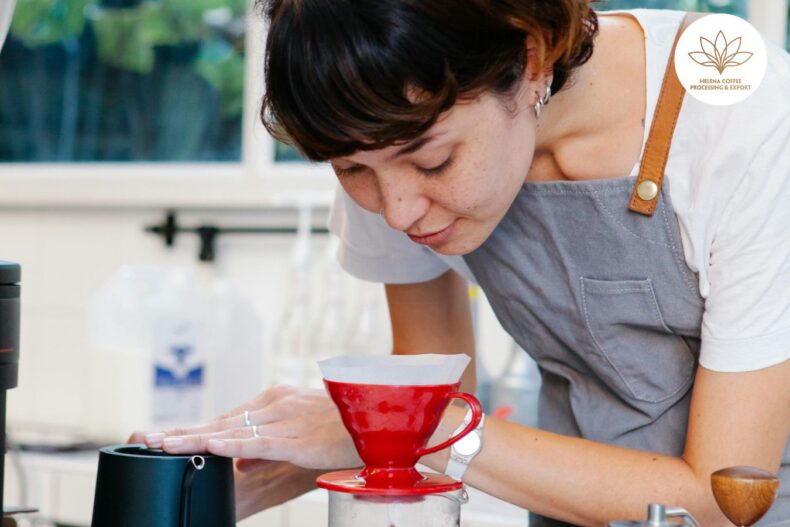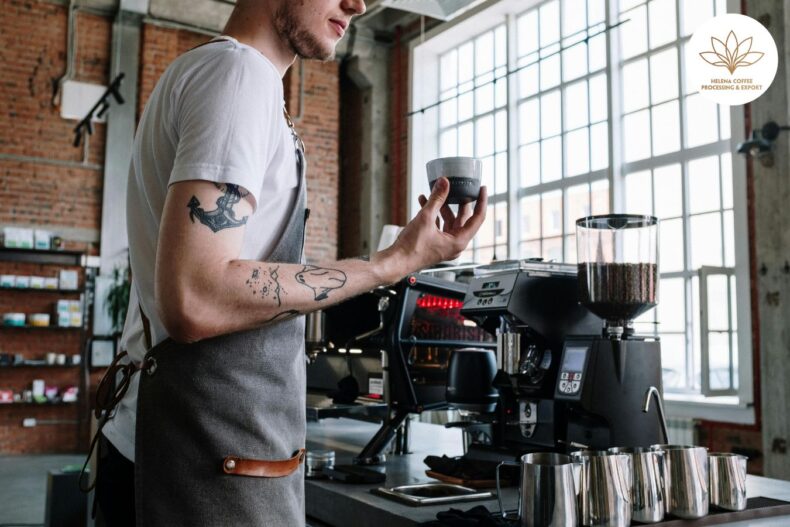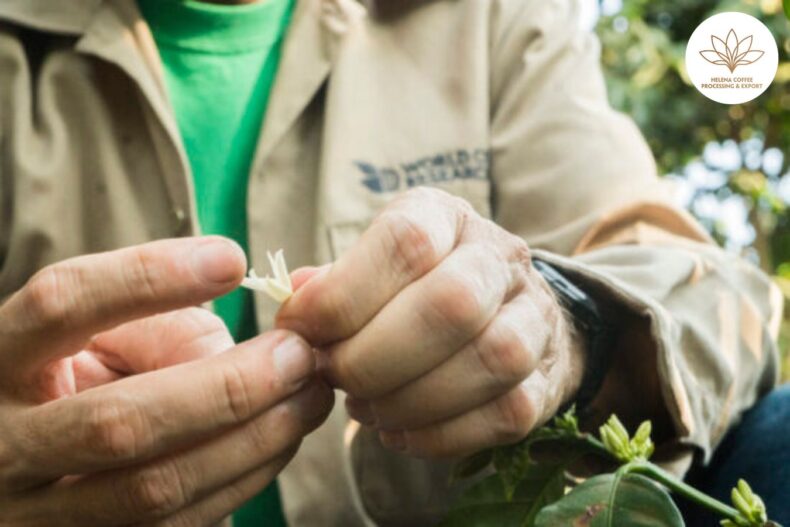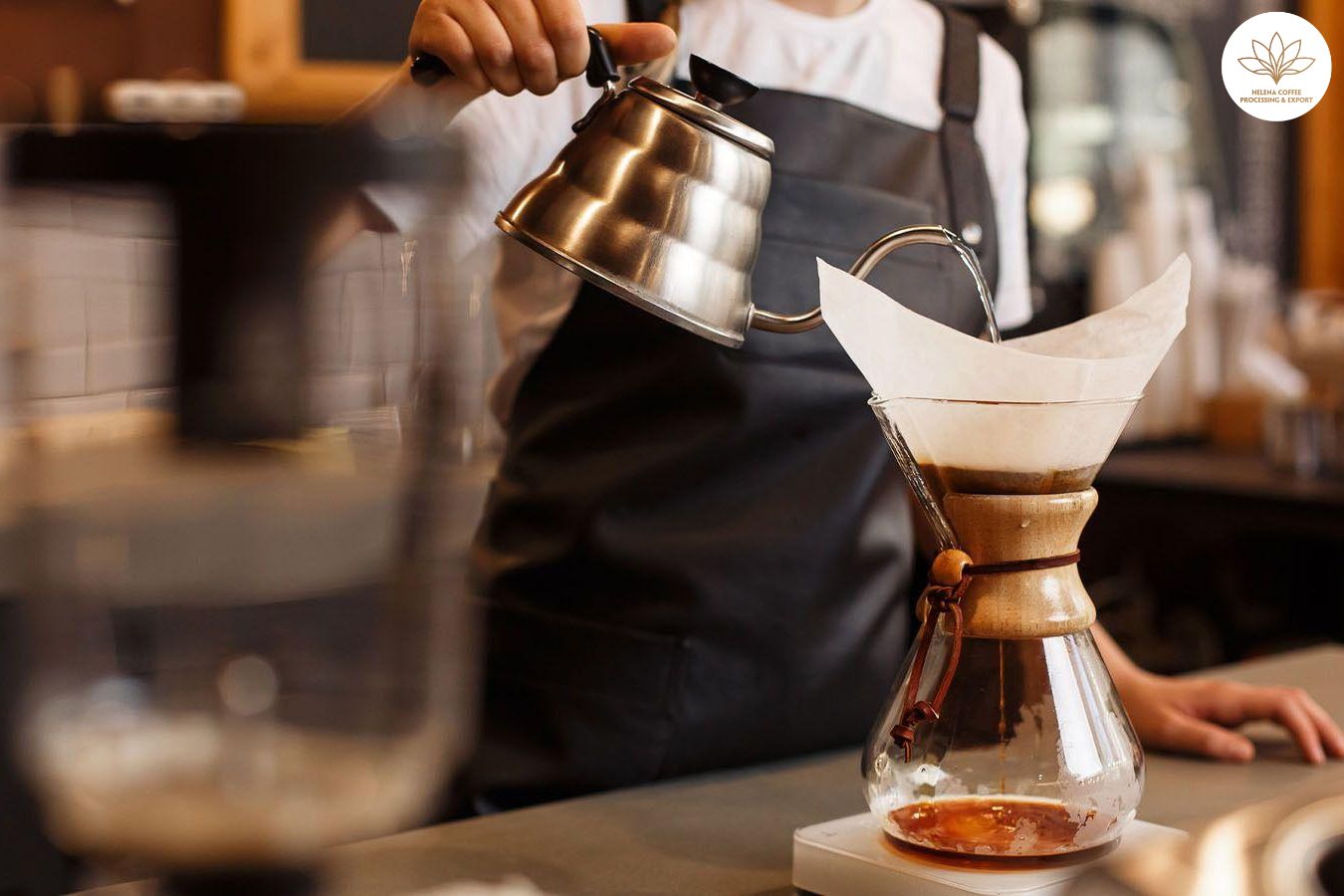
Infused and flavoured specialty coffee: Experimental processing methods have undoubtedly transformed specialty coffee. While coffee is traditionally processed using washed, natural, and honey methods, some Asian countries have long utilized alternative techniques like wet hulling and Monsoon Malabar.
Now more than ever, countless innovative processing approaches enhance and create new flavors, from anaerobic fermentation to carbonic maceration.
Flavored and infused coffees also introduce new ingredients during processing for green beans to absorb desired sensory attributes.
As we discuss how these coffees fit into specialty, it’s important to differentiate experimental methods from flavored/infused approaches. I spoke with three coffee professionals to learn more about this nuanced issue.
While experimental processing pushes boundaries, care must be taken that novelty does not override quality and ethics. Purposeful innovation should aim to highlight coffee’s inherent flavors, not mask them. As the possibilities expand, the specialty industry must thoughtfully examine how to move forward.
WHAT ARE FLAVOURED AND INFUSED COFFEES?
Here is one way to rewrite the paragraph:
Defining infused and flavored coffees can be tricky since no formal industry terms exist. Personal opinions shape loose definitions.
Nanelle Newbom, Sales West representative at Equal Exchange and roaster/buyer at Torque Coffees, explains her view on flavored coffee:
“It’s when you add separate ingredients to green or roasted coffee to create new flavors. In my opinion, altering flavor via yeast strains or oxygen control during processing doesn’t make a flavored coffee. However, adding ingredients like cinnamon sticks during fermentation does result in a flavored coffee.”
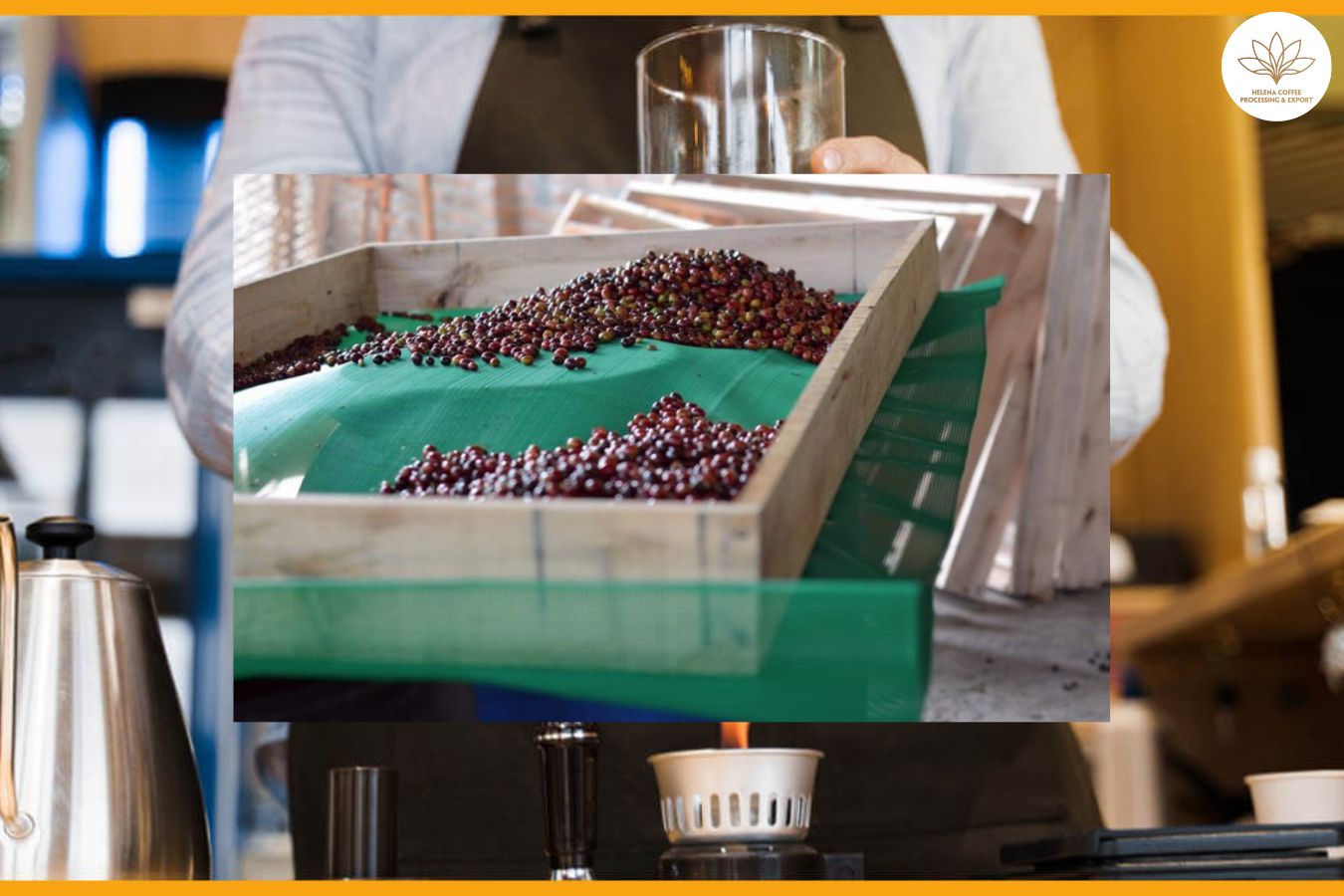
She notes an important distinction between natural and artificial additives. “For many professionals, natural versus artificial additions exist on a spectrum. The answer isn’t always clear-cut. Because definitions vary so greatly, conflicting opinions can still be valid.”
In summary, no consensus defines flavored or infused coffees. Yet most agree adding separate flavorings, especially artificial ones, constitutes a flavored coffee. More nuance exists around ingredients introduced during processing. Shared dialog and transparency will build collective understanding within specialty coffee.
Comparisons to infused coffees
Here is one way to rewrite the paragraph:
Saša Šestić, founder of ONA Coffee and 2015 World Barista Champion, is an expert on fermentation techniques like carbonic maceration. In two 2021 articles, he defined infused coffee and addressed common questions.
He explains, “Infused coffee involves adding particular ingredients and flavorings – essential oils, spices, acids, herbs, fruits, vegetables, etc. Their presence must be detectable in the final beverage. Infusion can occur during fermentation, drying, storage, or in barrels, when coffee is green, roasted, or ground.”
Nanelle Newbom of Equal Exchange and Torque Coffees offers a contrasting perspective. She believes infused coffees mainly result from adding ingredients during processing.
In summary, while definitions vary, most agree infused coffee sees intentional flavor additions – extracts, spices, etc. – at some point from crop to cup. The specialty sector lacks consensus on what techniques like fermentation constitute infusion versus experimental processing. Thoughtful discussion and transparency around methods will benefit producers and consumers alike.
What about barrel aged coffee?
Here is one way to rewrite the paragraph:
Barrel aging is another flavored coffee method. Green coffee is placed in former whiskey, wine, rum, etc. barrels to absorb flavors.
As Steven Restrepo, Head of Coffee at Café de Colita, explains, “You want the green coffee to take on some tastes from the barrel wood.”
Since green coffee is highly absorbent, the barrel imparts fruity, funky, fermented notes reminiscent of the previous contents. This produces novelty flavors absent from the beans themselves.
Nanelle Newbom has experimented with barrel aging. “People were very interested in it – it sold well retail and as pour-overs. Personally, I prefer smelling it over drinking it, but it certainly generated curiosity.”
In summary, barrel aging exemplifies how coffee can be flavored by steeping green beans in vessels that previously held other beverages. The wood interacts with the porous green coffee, transferring aromatic qualities. While commercially successful, the masking of inherent coffee flavors remains controversial among specialty coffee professionals.
SO WHAT ARE THE DIFFERENCES BETWEEN INFUSED AND FLAVOURED COFFEES?
Here is one way to rewrite the paragraph:
Distinguishing flavored from infused coffee remains tricky since definitions rely on subjective opinions.
Steven Restrepo states, “Flavored coffees are modulated via fermentation, yeasts/bacteria, and artificial flavors.” He believes infusion means adding artificial flavors post-roasting.
Yet Saša Šestić says infusion can occur anywhere from crop to cup. Nanelle Newbom adds that supplements like CBD or collagen are often termed “infused” too.
She notes the line blurs further. “Adding beer yeast to fermentation is flavor modulation to me, but hops constitute infusion. Fruits also blur the boundary – they provide fermentable sugars but impart distinct flavors, so I’d call them infusion.”
In summary, the specialty coffee sector currently lacks consensus on what defines infusion versus flavoring. But as Saša concludes, “As we learn more about infused and flavored coffee complexities, I expect the definitions to evolve.”
Continued thoughtful discussion and transparency around processing methods will bring more clarity. The lack of formal terminology makes these categorizations subjective for now
ARE THESE COFFEES BENEFICIAL TO THE SPECIALTY SECTOR?
Here is one way to rewrite the paragraph:
Infused and flavored coffees raise concerns, especially around transparency.
Nanelle argues flavor additions after export rob value from producers. “It removes intrinsic terroir, farming, and processing value. Instead, it adds value for roasters by removing it from producers.”
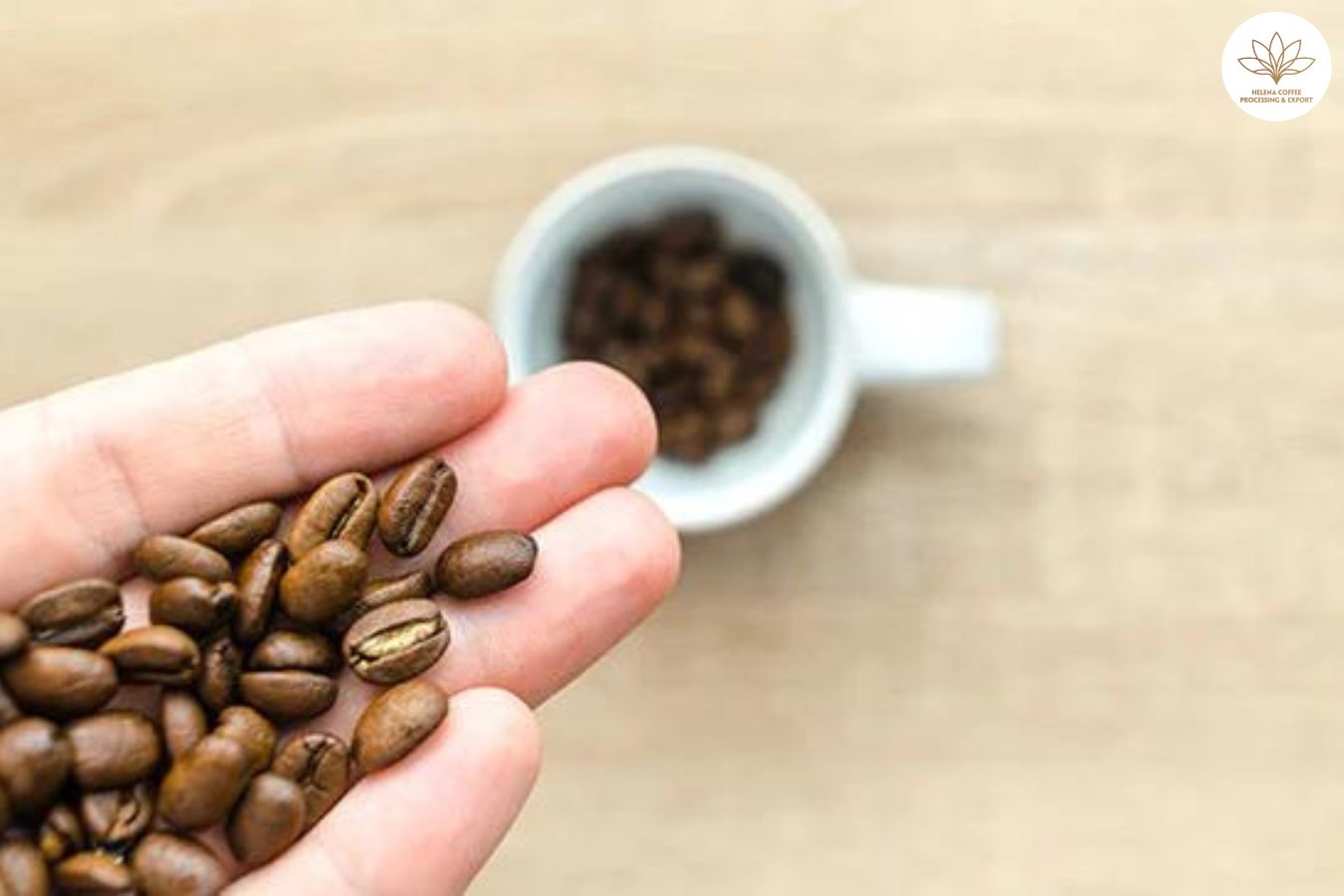
Steven Restrepo disagrees – he believes novel flavors let producers meet demand. “You can enhance profiles without adding to roasted coffee. Clients want unique products, so why not help farmers achieve that? If demand exists, we’ll create them.”
A key issue is how transparent the supply chain is about additions. Consumers deserve to know how their coffee was processed and flavored. Lack of clarity around experimental methods also undermines terroir and overrides intrinsic flavors.
The specialty coffee sector must thoughtfully balance innovation with quality and ethics. New flavors shouldn’t overpower origin characteristics. Shared standards around transparency would benefit all supply chain actors and promote fairness.
IS THERE A MARKET FOR THESE COFFEES?
Here is one way to rewrite the paragraph:
While industry opinions on flavored and infused coffee vary, Steven Restrepo notes clear market demand.
“Clients in China drove our fermentation experiments by requesting whiskey-infused coffee. After initial success, we tried fruits, chocolate, chewing gum, lemon – but passionfruit and cinnamon sell best.”
He sees surging appetite for extended fermentation globally. “Prolonged, controlled fermentation is all the rage in specialty now, with demand still rising, especially in China, South Korea, Japan, and Saudi Arabia.”
Nanelle Newbom concurs. “Both roasters and consumers drive growing demand. Even small roasters want innovation and differentiation. This allows producers to market an expanding range of products, potentially at higher prices.”
In summary, consumer thirst and roaster innovation fuel experiments with flavoring and extended fermentation. Producers gain opportunities to capitalize on novelty-seeking tastes.
Yet as methods proliferate, transparency and communication along the supply chain remain essential. Origin characteristics and ethical pricing should not be overshadowed in the quest for new flavors. Specialty coffee faces the challenge of balancing creativity with integrity.
Transparency is key
Here is one way to rewrite the paragraph:
Transparency is key for infused and flavored coffees to provide maximum value, professionals agree.
As Nanelle explains, “If a roaster uses additives, open communication about the process is essential so producers don’t lose value.”
Steven concurs, “Some aren’t transparent enough about their methods. We share our techniques openly – it takes years to master these. Complete transparency would benefit the industry.”
He adds, “Those unfamiliar with the meticulous work don’t appreciate the uniqueness, and can react negatively. But you can’t create these coffees solely for money – it’s a labor of love.”
In summary, to maintain integrity, the specialty coffee sector must prioritize transparency about flavored and infused coffee processes. This upholds equitable pricing and prevents misleading claims. Education also helps build appreciation for the care and effort involved. With open dialog, innovation and ethics can move forward hand-in-hand.
FAQS:
